Home>Furniture>Outdoor Furniture>What To Put Around The Edge Of Patio
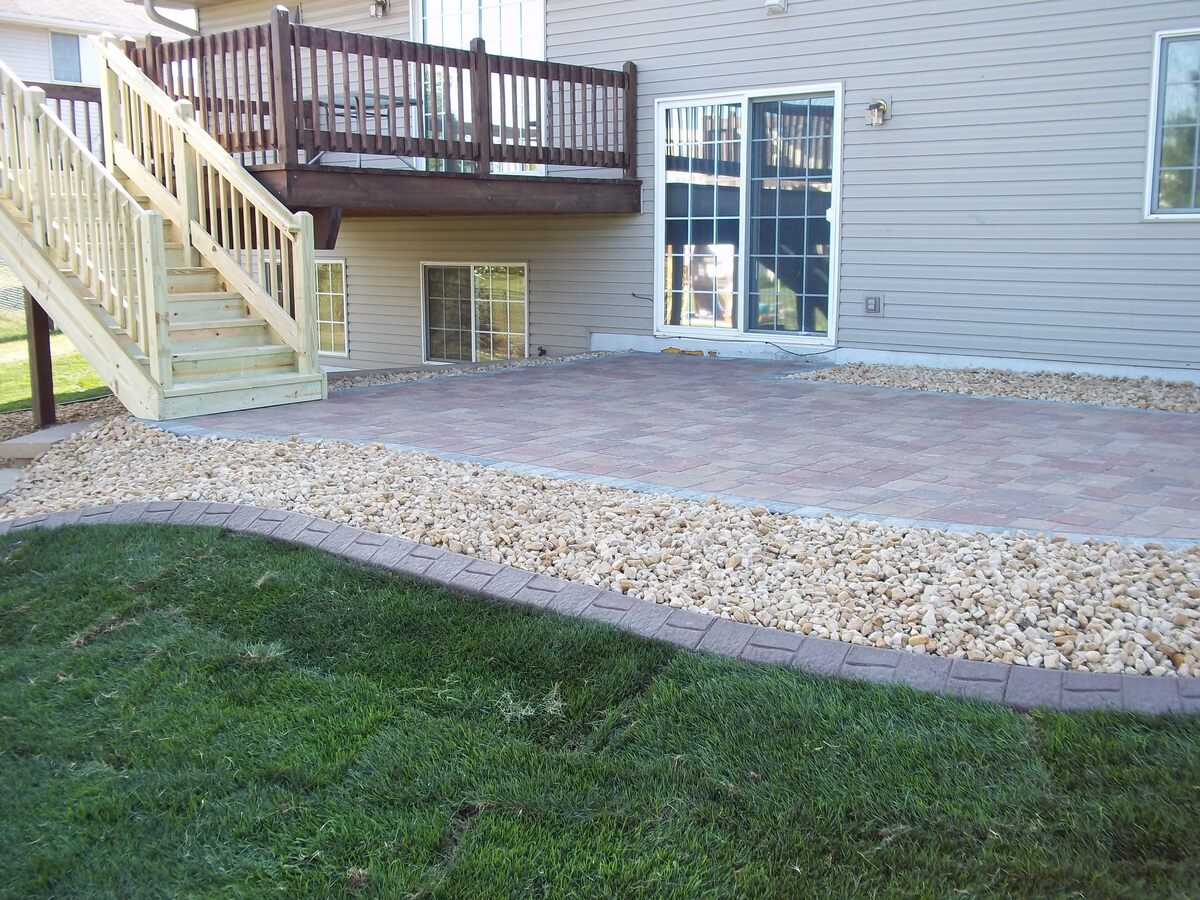

Outdoor Furniture
What To Put Around The Edge Of Patio
Modified: March 7, 2024
Looking for the perfect finishing touch for your patio? Discover our wide selection of outdoor furniture to complement your space and create a cozy and inviting atmosphere.
(Many of the links in this article redirect to a specific reviewed product. Your purchase of these products through affiliate links helps to generate commission for Storables.com, at no extra cost. Learn more)
Introduction
Welcome to the guide on what to put around the edge of your patio. Your patio is not just an outdoor space; it’s an extension of your home where you can relax, entertain, and enjoy the beauty of your surroundings. One of the key elements in creating a visually appealing and functional patio is the border that surrounds it. The border serves as a boundary and adds character to your outdoor living area.
When it comes to choosing what to put around the edge of your patio, there are various options available. Each option has its own unique advantages and considerations, taking into account factors such as style, maintenance, budget, and functionality. In this guide, we will explore different patio border options and provide insights into the pros and cons of each choice.
Regardless of the border material you choose, it’s essential to consider the overall style and aesthetic of your patio. The border should complement the design and enhance the visual appeal of your outdoor space. Furthermore, the maintenance requirements and budget should also be taken into account. Some materials may require more upkeep, while others can be more cost-effective.
In addition to aesthetics and maintenance, the functionality of the border is another important aspect to consider. Think about how you plan to use your patio and whether the chosen border material can withstand foot traffic, resist erosion, and provide a smooth transition between your patio and the surrounding landscape.
In this comprehensive guide, we will explore various patio border options, discuss their pros and cons, and provide tips and ideas for creating a creative edging for your outdoor space. Whether you prefer a sleek and modern look or a natural and rustic feel, there’s a border option out there that can perfectly complement your patio. Let’s dive in and discover the possibilities!
Key Takeaways:
- Choose a patio border that matches your style, budget, and maintenance capabilities. Consider pavers for durability, gravel for a natural look, or plants for a vibrant touch.
- Get creative with your patio border by combining materials, adding lighting, or using natural elements. Balance functionality and aesthetics for a stunning outdoor space.
Read more: What To Put Around A Fire Pit
Patio Border Options
When it comes to choosing a border for your patio, there are several options to consider. Each option offers a unique look and feel, allowing you to customize your outdoor space to match your personal style. Here are some popular patio border options:
- Pavers: Pavers are a versatile and durable option for creating a patio border. They are available in various sizes, shapes, and colors, allowing you to create a customized design. Pavers can be arranged in different patterns, such as herringbone or basket weave, to add visual interest to your patio.
- Gravel: Gravel is a cost-effective and low-maintenance option for patio borders. It can provide a rustic and natural look to your outdoor space. Gravel is available in different sizes and colors, allowing you to choose the one that suits your style. One advantage of using gravel is that it allows for good drainage, preventing water from pooling around your patio.
- Brick: Brick borders add a classic and timeless appeal to your patio. They are available in different colors and styles, giving you the flexibility to create a border that complements your patio design. Brick borders can be laid in a straight line or in a decorative pattern, such as a soldier course or herringbone, to add visual interest.
- River Rock: River rock borders add a natural and organic touch to your patio. They are smooth and rounded stones that come in various sizes and colors, mimicking the look of river pebbles. River rock can be used to create a border that blends seamlessly with the surrounding landscape, creating a harmonious and tranquil atmosphere.
- Mulch: Mulch is a popular option for creating a softer and more organic border for your patio. It is available in different materials, such as bark chips or wood chips, and can be chosen in a color that complements your patio design. Mulch not only adds aesthetic appeal but also helps retain moisture in the soil and suppress weed growth.
- Plants and Flowers: Another option for patio borders is to use plants and flowers. This allows you to incorporate natural elements and add vibrant colors to your outdoor space. You can choose low-growing plants or flowers that can create a beautiful border around your patio. Consider perennial plants that come back year after year for added convenience.
These are just a few patio border options to consider. Each option brings its own unique characteristics and can dramatically enhance the overall look and feel of your outdoor space. Take into account your personal style, maintenance preferences, and the functionality of the border when making your decision. Now that we have explored the different patio border options, let’s dive into the pros and cons of each choice.
Factors to Consider
When choosing a border for your patio, it’s important to consider several factors to ensure you select the right option that suits your needs and preferences. Here are some key factors to keep in mind:
- Style and Aesthetic: The border you choose should match the style and aesthetic of your patio. Consider the overall design theme and the desired look and feel. Do you prefer a modern, sleek border or a more natural and rustic one? Take into account the materials used in your patio flooring and outdoor furniture to create a cohesive and visually appealing space.
- Maintenance: Think about the level of maintenance you’re willing to commit to. Some border materials require more upkeep than others. For example, pavers may need occasional cleaning and maintenance to keep them looking their best, while gravel borders may need periodic replenishing to maintain their appearance. Consider your time, energy, and budget for maintenance when choosing a border option.
- Budget: Set a budget for your patio border project. Different materials have varying costs, and it’s important to choose an option that fits within your budget. Keep in mind that while some materials may have higher upfront costs, they may require less maintenance and last longer, saving you money in the long run. Evaluate the pros and cons of each option and determine the one that aligns with your financial capabilities.
- Functional Considerations: Consider how you plan to use your patio and how the border will support your activities. Will there be heavy foot traffic? Do you need a smooth transition between the patio and the surrounding landscape? Will the border help with preventing erosion or provide a barrier for raised plant beds? Think about the functionality of the border and choose an option that meets your specific needs.
By considering these factors, you will be able to narrow down your choices and select a patio border that not only complements your outdoor space but also aligns with your lifestyle and preferences. Now, let’s delve into the pros and cons of each patio border option to help you make an informed decision.
Consider using pavers, bricks, or stones to create a border around the edge of your patio. This will define the space, prevent erosion, and add a decorative touch to your outdoor area.
Pros and Cons of Each Option
Now that we have explored different patio border options, let’s delve into the pros and cons of each choice:
- Pavers:
- Gravel:
- Brick:
- River Rock:
- Mulch:
- Plants and Flowers:
Pavers offer a wide range of design possibilities and can be arranged in various patterns to create a unique and customized look. They are durable, long-lasting, and easy to maintain. Pavers also provide a smooth and stable surface for walking and furniture placement. However, they can be more expensive compared to other options, and the installation process may require professional help.
Gravel borders are cost-effective and provide a natural and rustic look to your patio. They offer excellent drainage, preventing water from pooling around your patio. Gravel is easy to install and can be replenished over time. However, it may require occasional maintenance to keep it in place and prevent weed growth. Additionally, gravel may not be suitable for high-traffic areas, as it can get displaced easily.
Brick borders add a classic and timeless appeal to your patio. They are durable and low-maintenance, requiring minimal care over time. Bricks offer a wide range of colors and styles to choose from, allowing you to create a border that suits your aesthetic preferences. However, professional installation may be required for a neat and seamless look. Additionally, bricks may shift or settle over time, requiring occasional adjustments.
River rock borders add a natural and organic touch to your patio. They come in various sizes and colors, allowing for a custom design. River rocks require minimal maintenance, and they can blend seamlessly with the surrounding landscape. However, they may be more challenging to keep in place and require occasional adjustments. Additionally, smaller river rocks may dislodge or scatter with foot traffic.
Mulch borders create a softer and more organic look for your patio. They come in various materials and colors, allowing for customization. Mulch helps retain moisture in the soil and suppress weed growth. However, it may require periodic replenishing and maintenance to keep its appearance. Mulch can also attract pests and may not be suitable for areas with heavy foot traffic, as it can get easily displaced.
Using plants and flowers as a border adds a vibrant and natural touch to your patio. It allows for creativity and customization, with a wide range of plant options to choose from. Plants can soften the edges of your patio and provide a seamless transition to the surrounding landscape. However, they require regular maintenance, such as watering, pruning, and weeding. Additionally, certain plants may grow large and require periodic trimming.
Consider the pros and cons of each patio border option based on your personal preferences, lifestyle, and budget. With careful consideration, you can select the option that aligns with your needs and enhances the beauty of your outdoor space. Now, let’s move on to the next section and explore some tips and ideas for creating a creative edging for your patio.
Tips and Ideas for Creative Edging
Creating a creative edging for your patio can elevate its visual appeal and add unique touches to your outdoor space. Here are some tips and ideas to inspire you:
- Combination of Materials:
- Incorporating Lighting:
- Using Natural Elements:
Consider combining different materials for your patio border to create a visually interesting and eclectic look. For example, you can use a combination of pavers and river rocks to create a transition zone between your patio and the surrounding landscape. This mix of materials adds depth and texture to your outdoor space.
Add a touch of enchantment to your patio border by incorporating lighting elements. Install LED strip lights along the edge of your border to create a subtle and inviting glow during the evening hours. This not only enhances the aesthetics but also provides an added safety feature for your outdoor space.
Embrace the beauty of nature by incorporating natural elements into your patio border. Use large stones or boulders as a border, creating a natural and organic transition between your patio and the surrounding landscape. You can also incorporate plants and flowers directly into the border to create a seamless connection with nature.
Don’t be afraid to get creative and customize the edging of your patio to reflect your personal style and preference. Experiment with different materials, colors, and textures to create a border that truly stands out. Remember to consider the functionality and maintenance requirements of the chosen materials when making your decision.
By implementing these tips and ideas, you can transform your patio border into a stunning feature that enhances the overall aesthetics and ambiance of your outdoor space.
Now that we’ve explored different patio border options and creative edging ideas, let’s move on to the concluding section.
Read more: What To Put Around The Bottom Of A Shed
Conclusion
Choosing the right border for your patio is crucial in creating a visually appealing and functional outdoor space. The options are vast, ranging from pavers and gravel to brick, river rock, mulch, and even plants and flowers. Each option brings its own unique characteristics and considerations.
When selecting a patio border, it’s important to consider factors such as style and aesthetic, maintenance requirements, budget, and functional considerations. By taking these factors into account, you can make an informed decision that suits your personal preferences and meets the needs of your outdoor space.
We explored the pros and cons of different patio border options, including pavers, gravel, brick, river rock, mulch, and plants and flowers. Each option offers its own advantages in terms of durability, maintenance, visual appeal, and customization possibilities.
To add a creative touch to your patio edging, consider combining different materials, incorporating lighting elements, and using natural elements such as large stones or plants. These ideas can add depth, visual interest, and a touch of nature to your outdoor space.
Remember that the key to creating a stunning patio border lies in striking a balance between functionality and aesthetics. Consider the maintenance requirements, durability, and the overall look and feel you want to achieve.
Now armed with knowledge about patio border options, factors to consider, and creative edging ideas, you can confidently embark on enhancing the look of your patio. Choose the border materials that align with your preferences, budget, and maintenance capabilities, and let your creativity flourish to create a patio border that truly reflects your unique style.
Enjoy the process of transforming your outdoor space into a sanctuary where you can relax, entertain, and enjoy the beauty of nature!
Frequently Asked Questions about What To Put Around The Edge Of Patio
Was this page helpful?
At Storables.com, we guarantee accurate and reliable information. Our content, validated by Expert Board Contributors, is crafted following stringent Editorial Policies. We're committed to providing you with well-researched, expert-backed insights for all your informational needs.
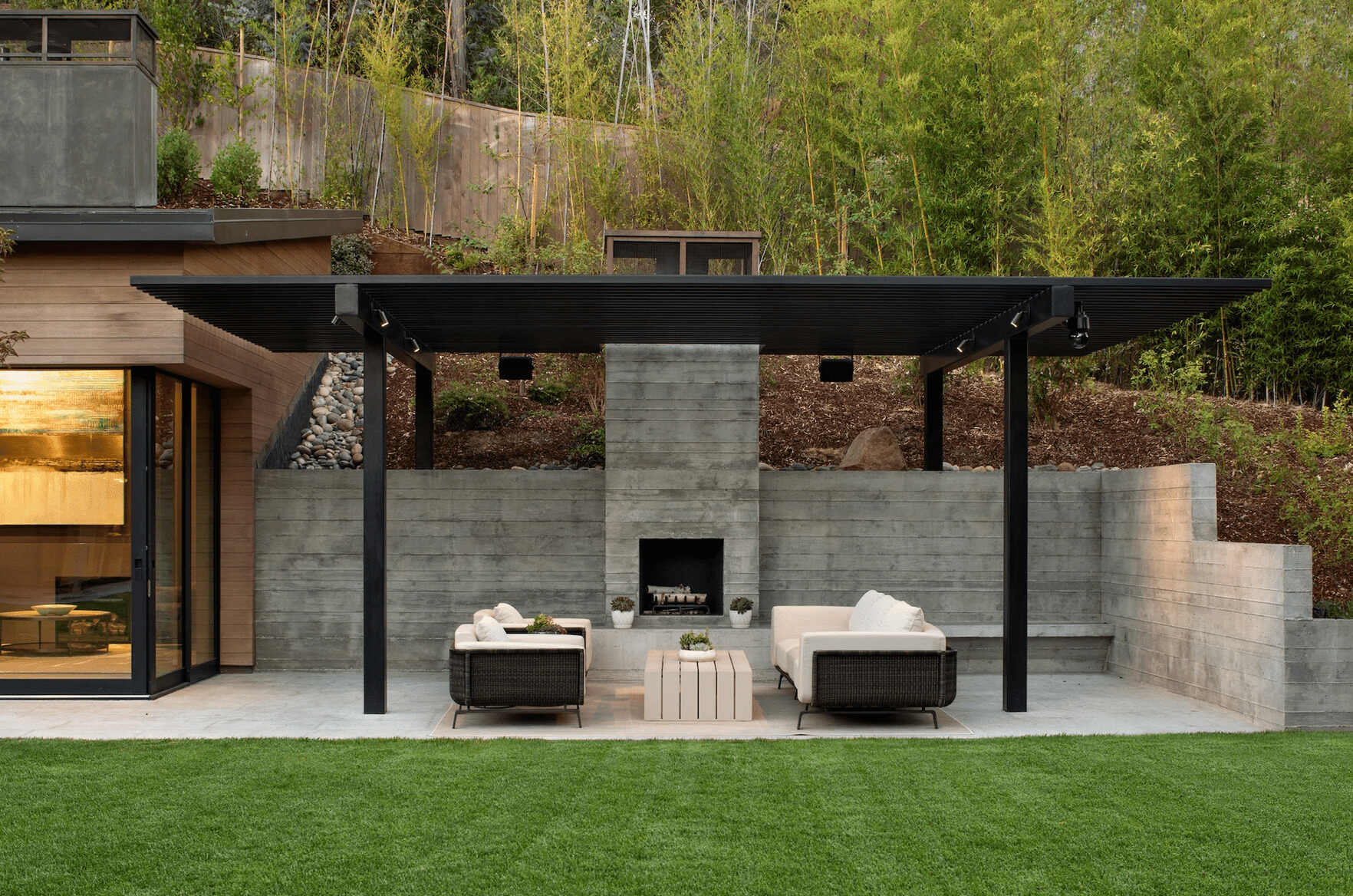
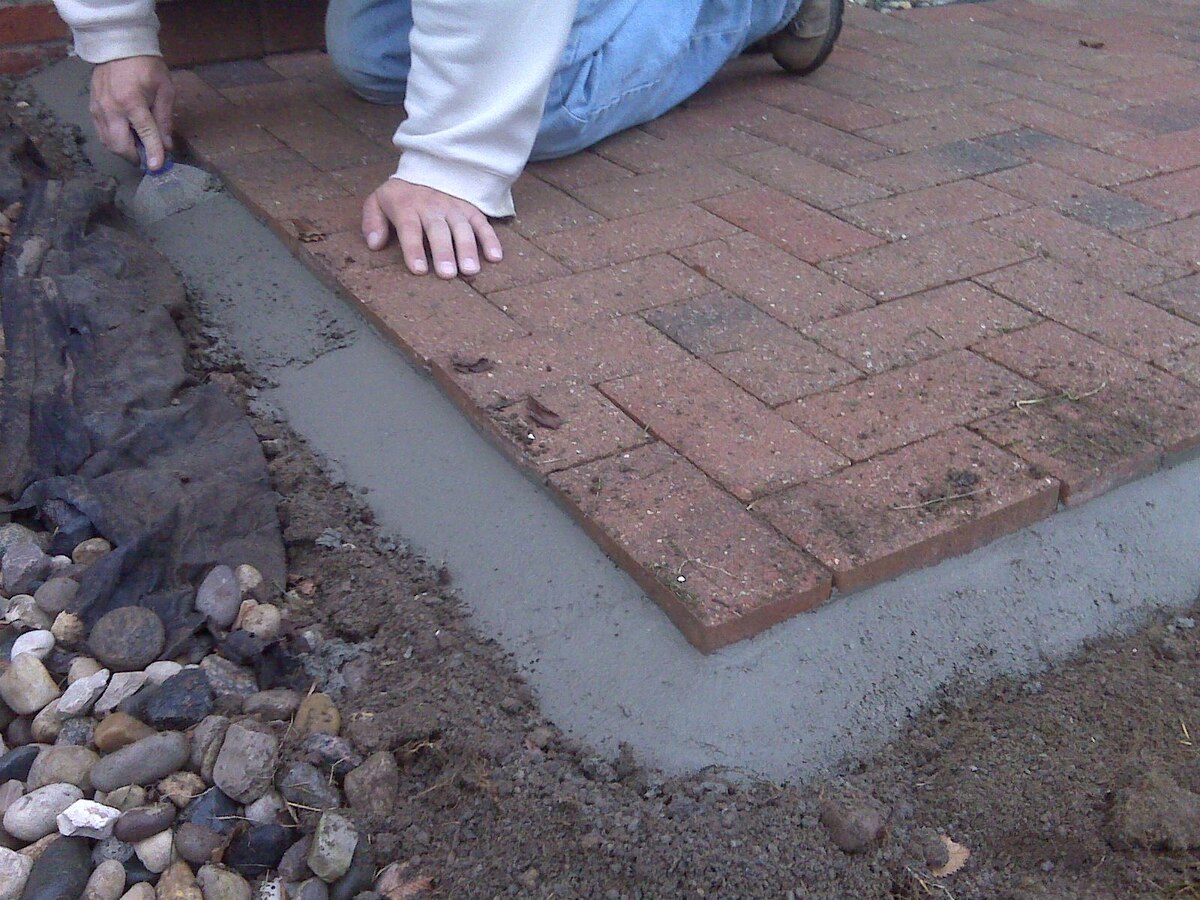
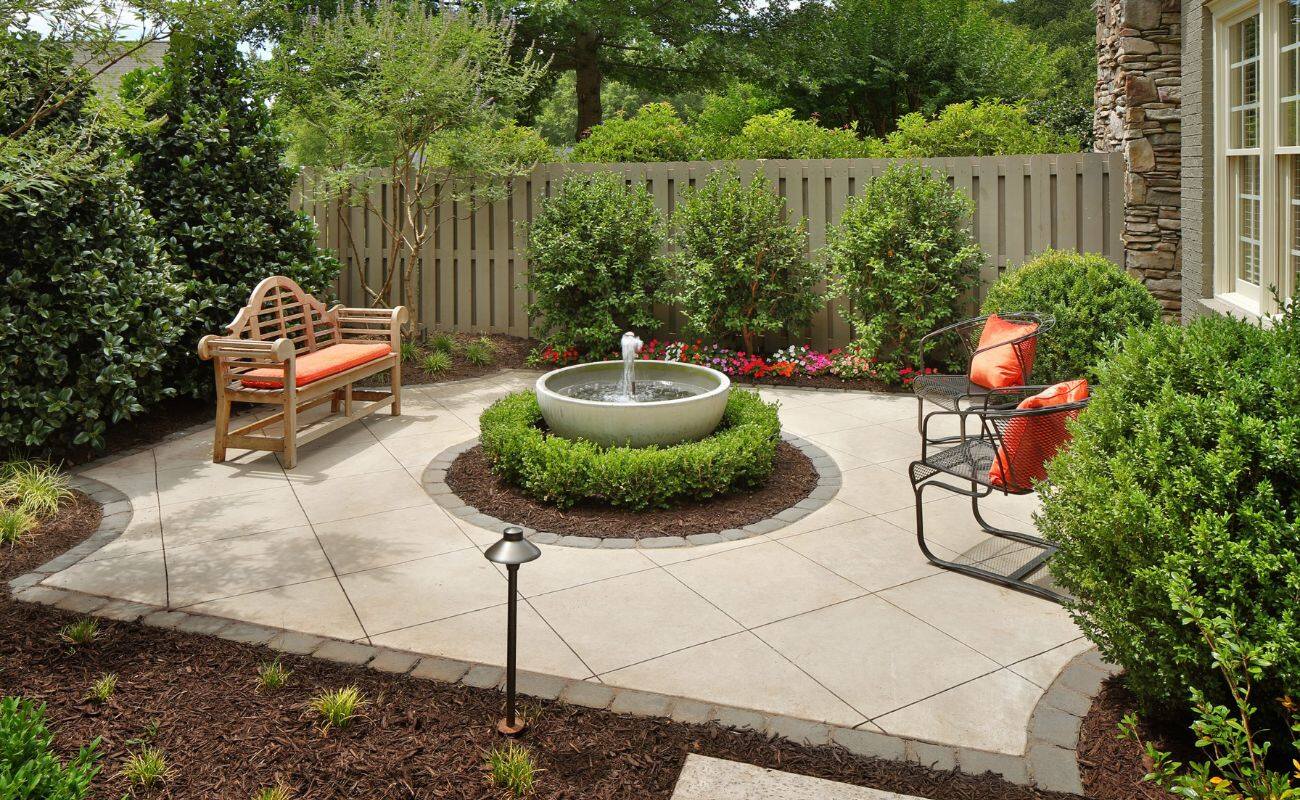
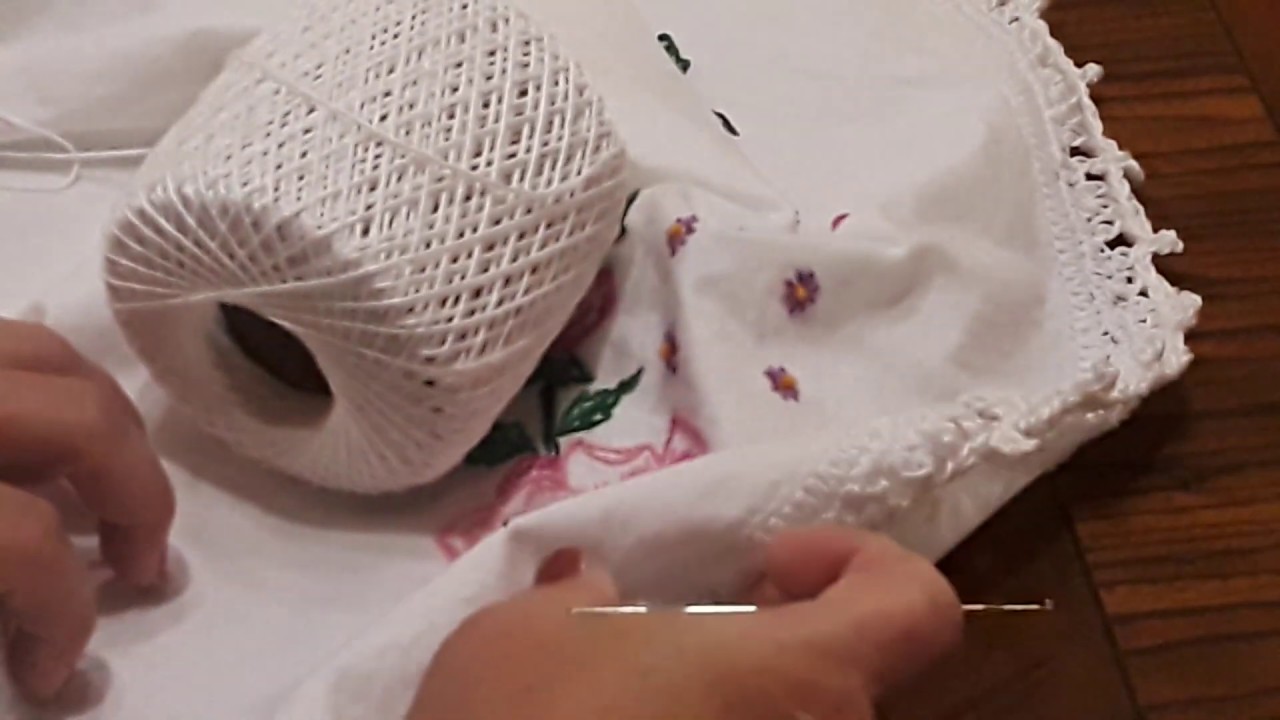
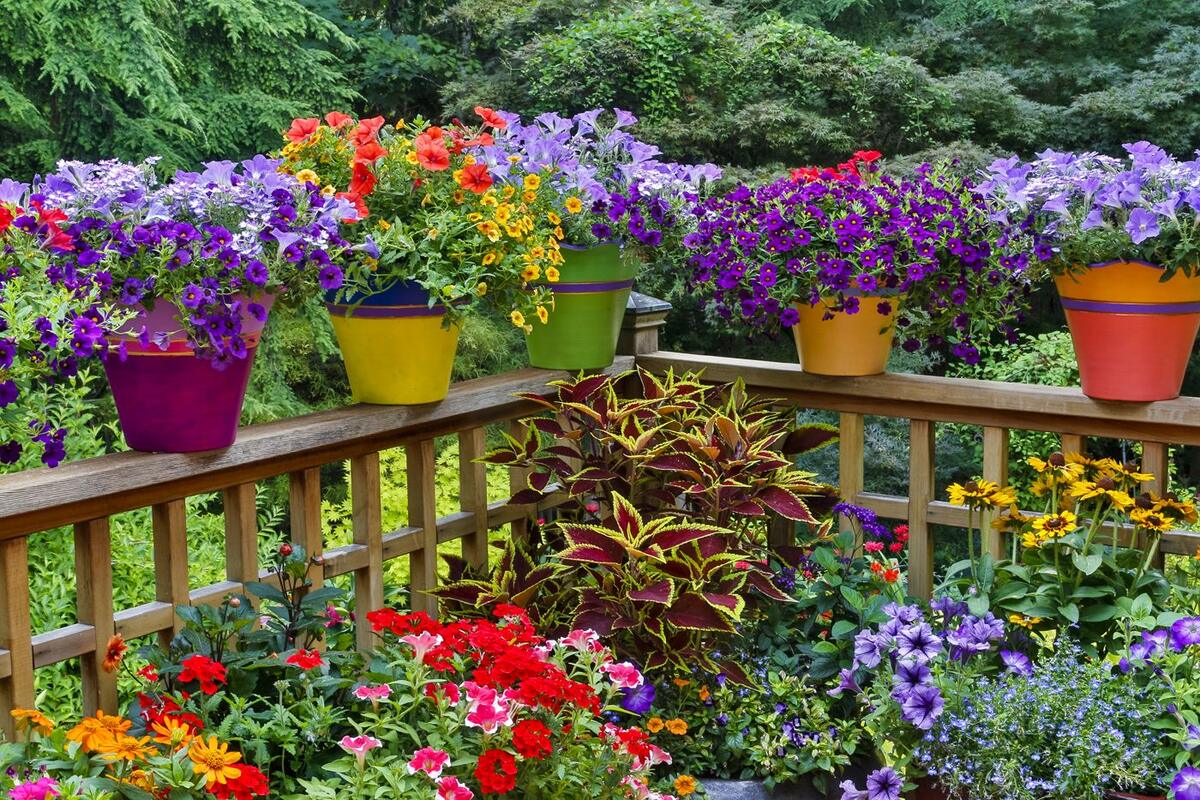
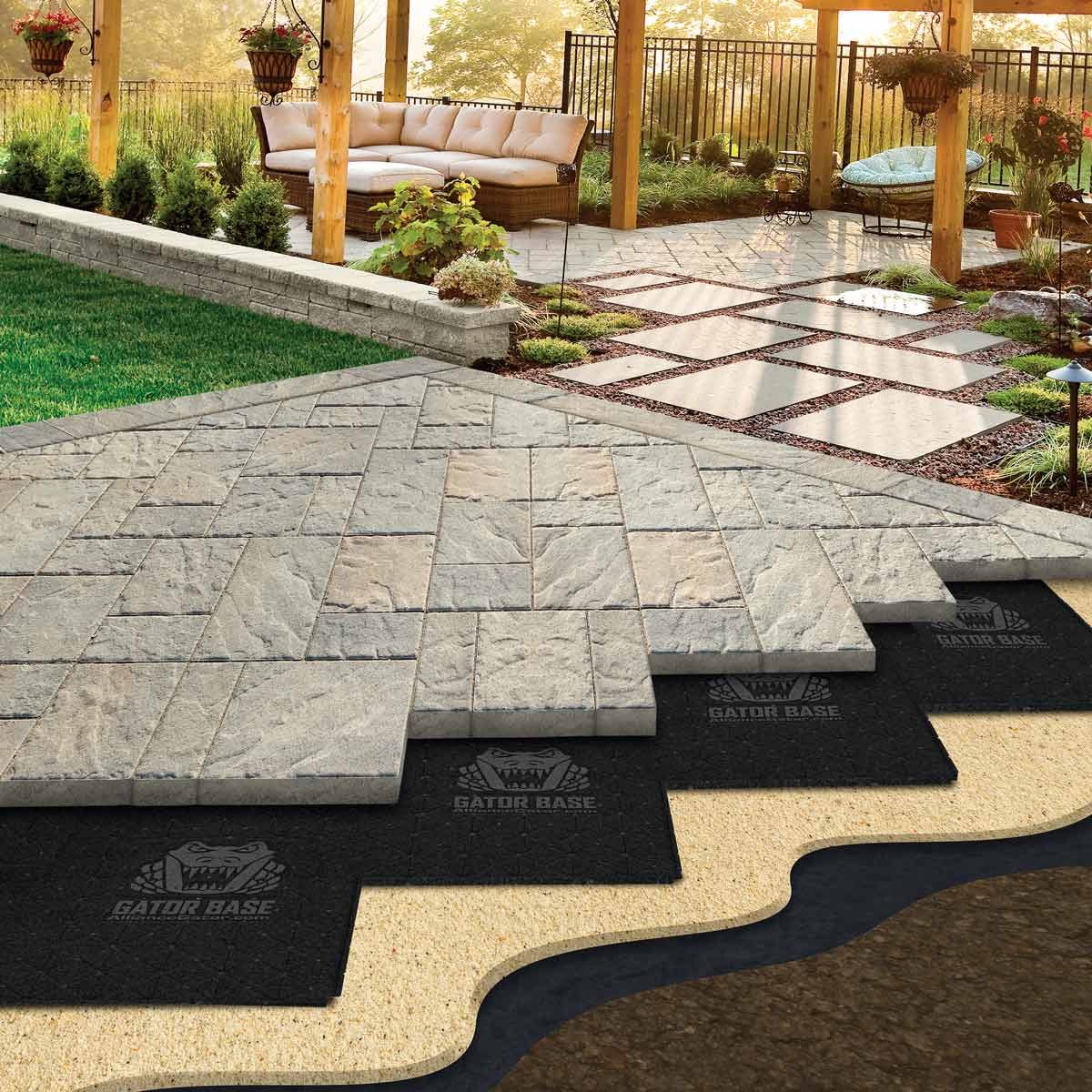
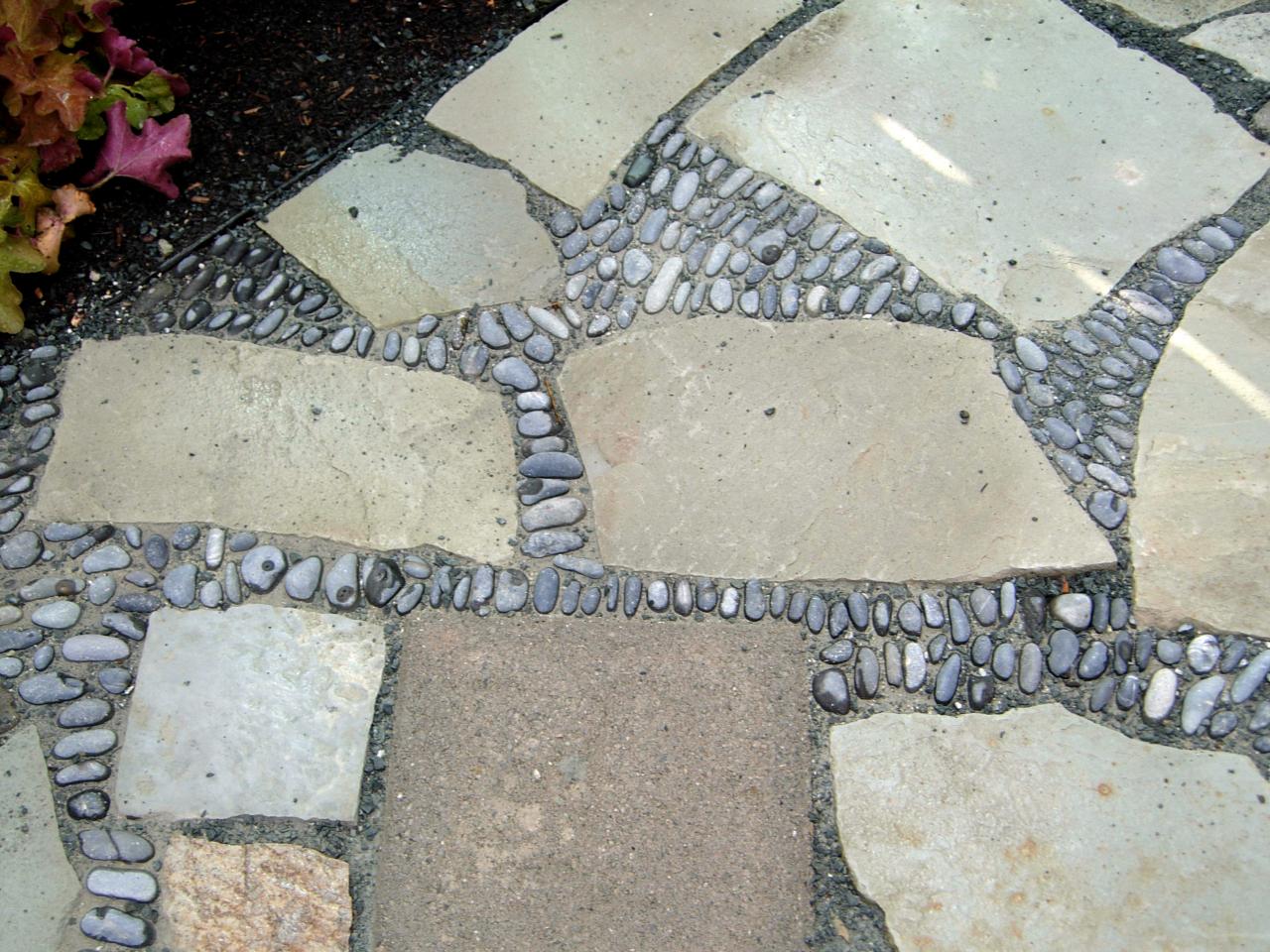
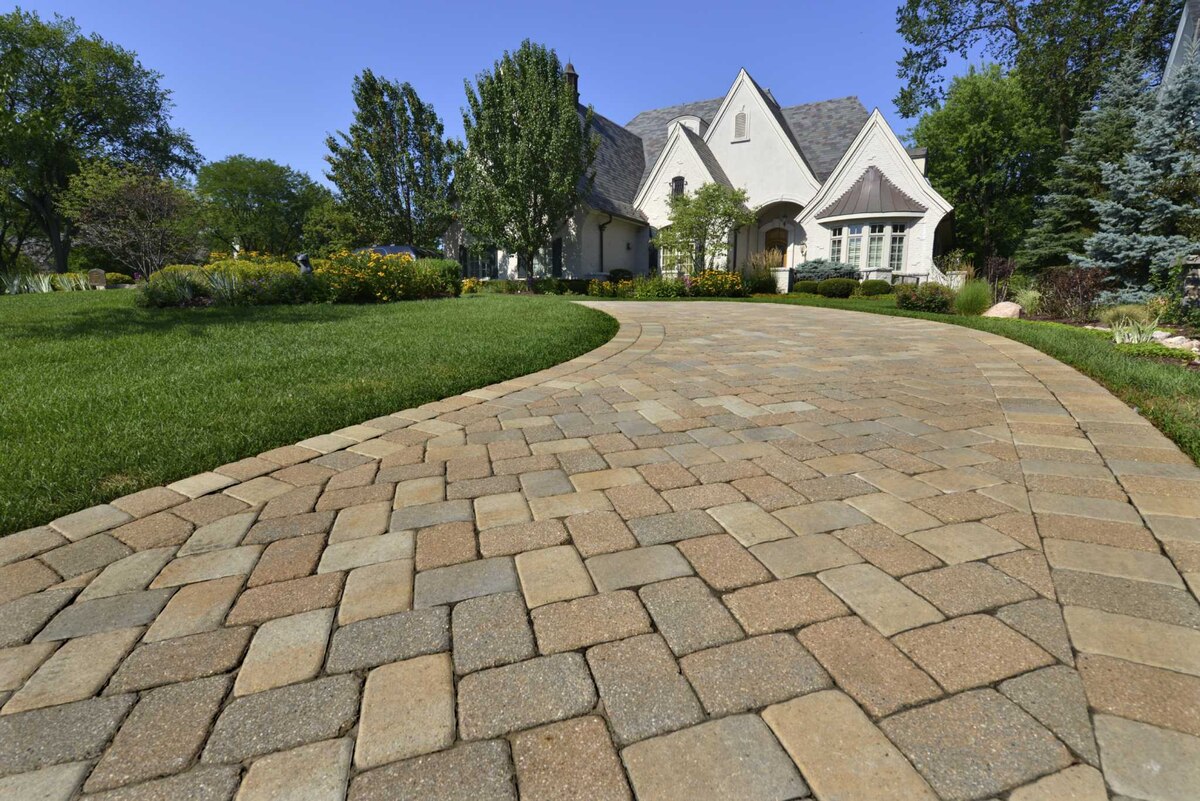
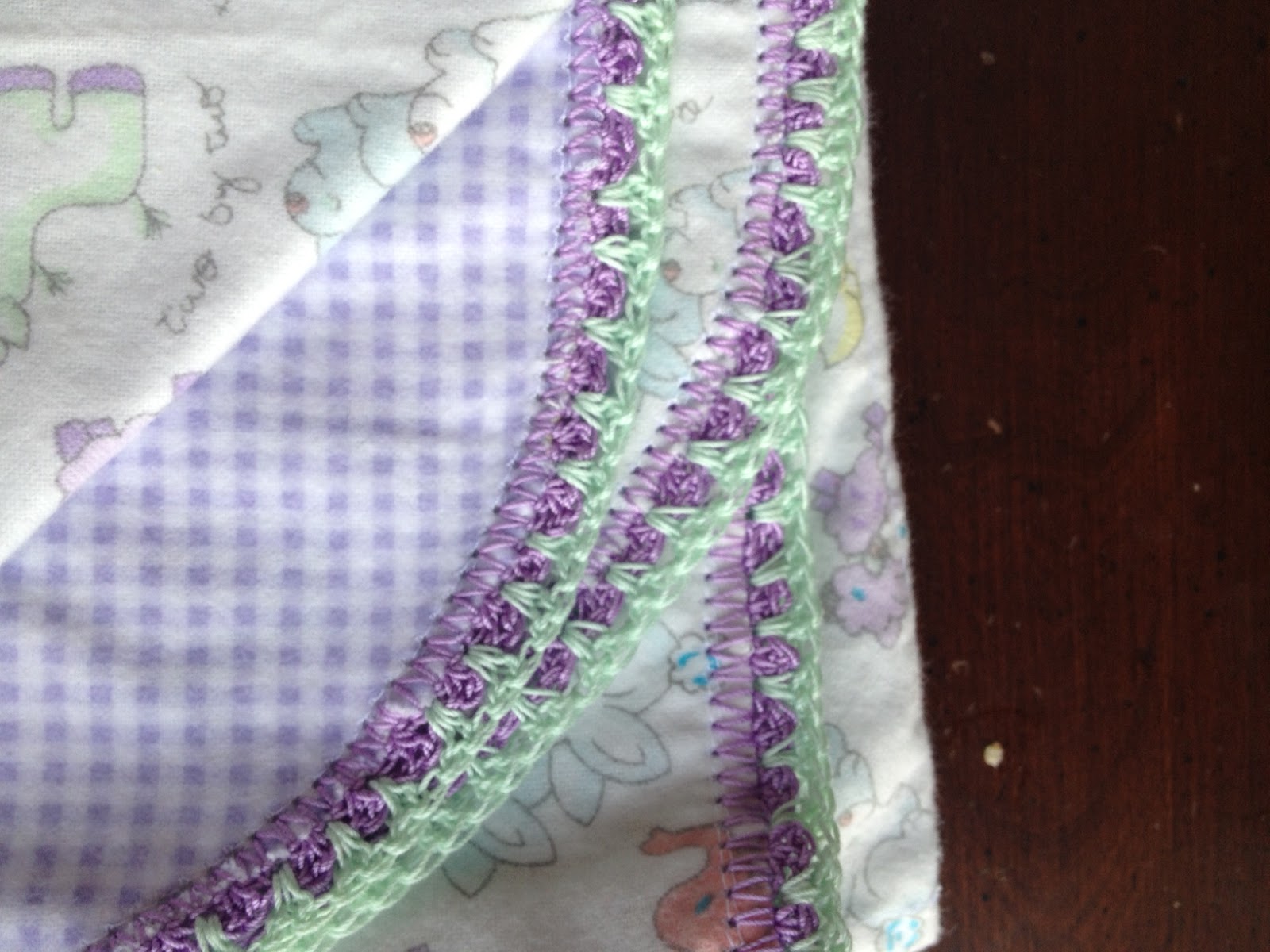
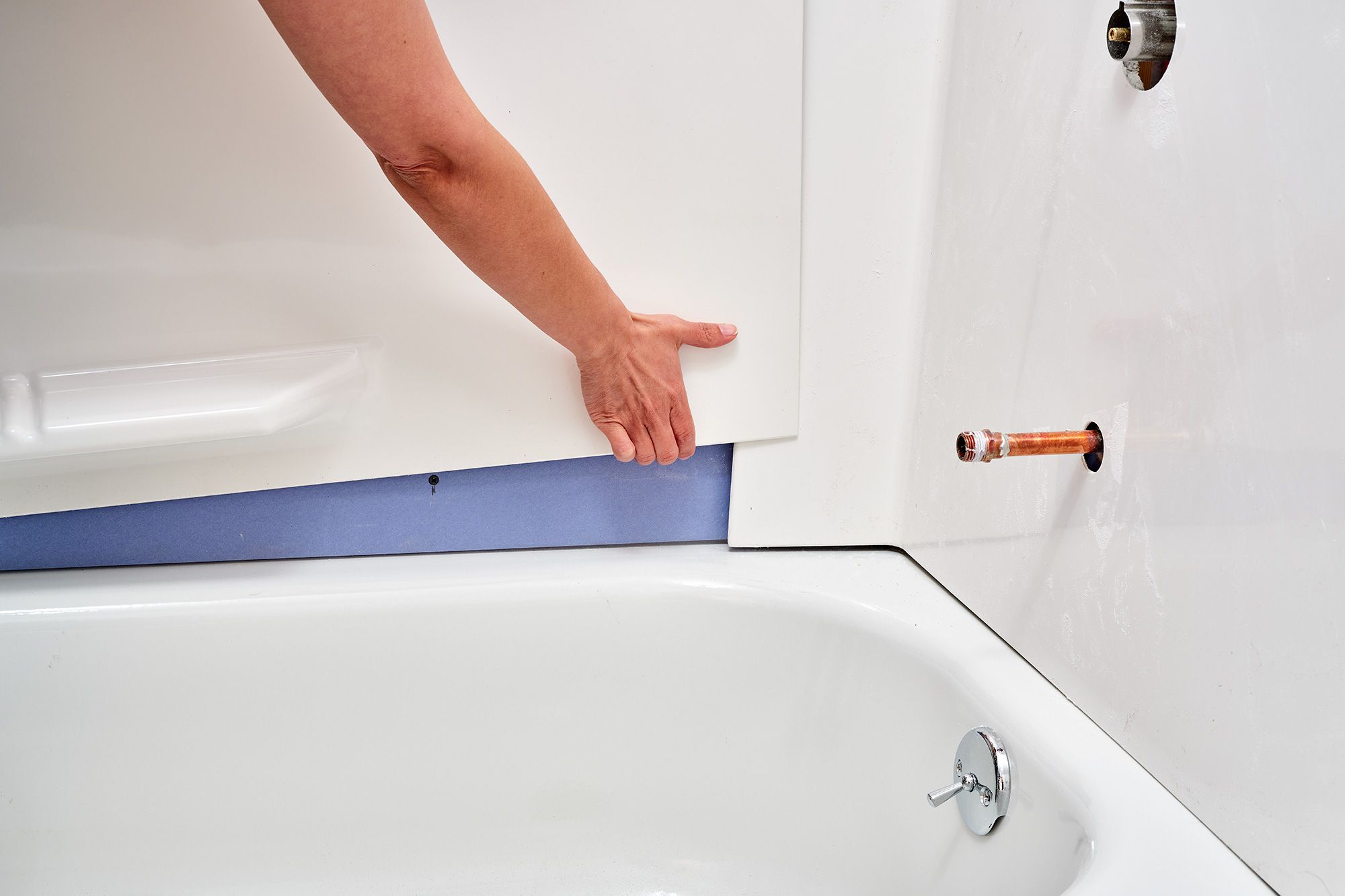
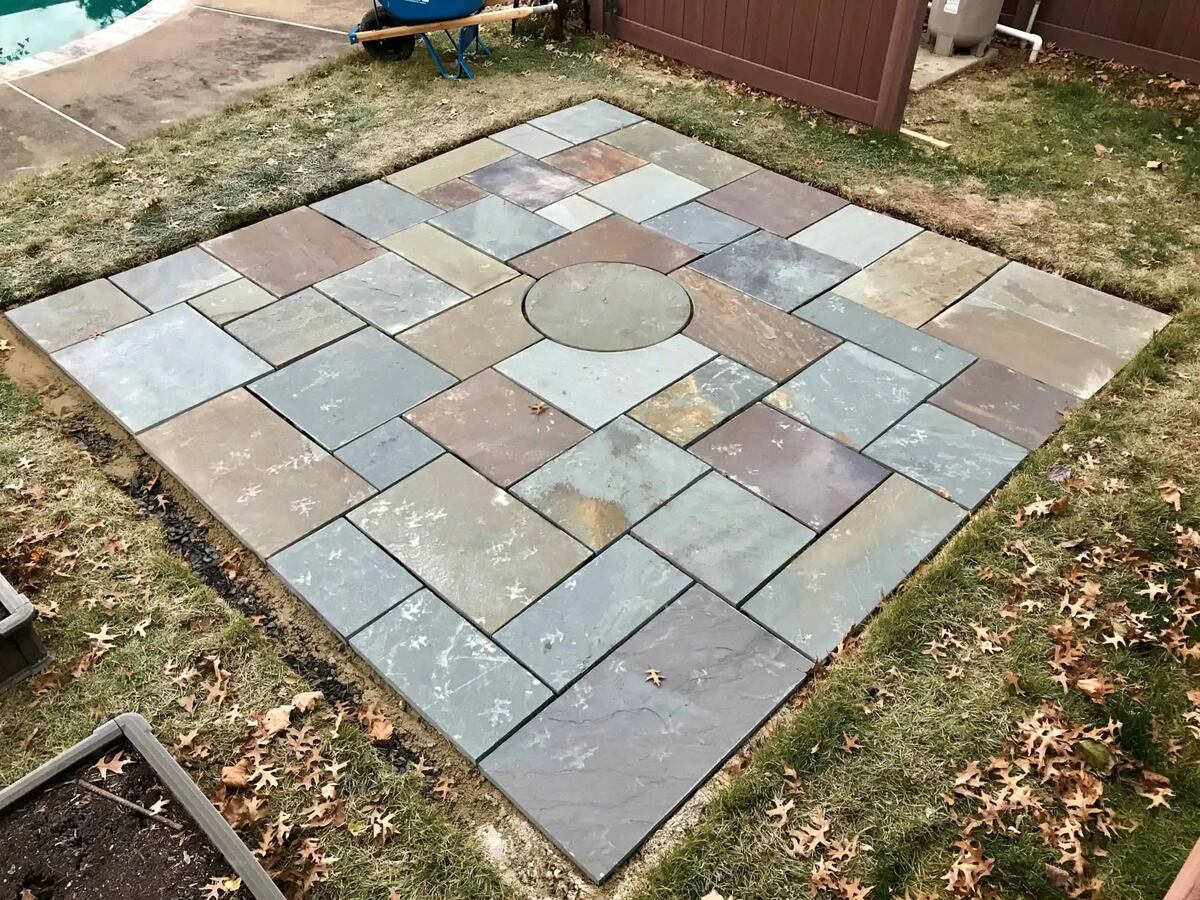
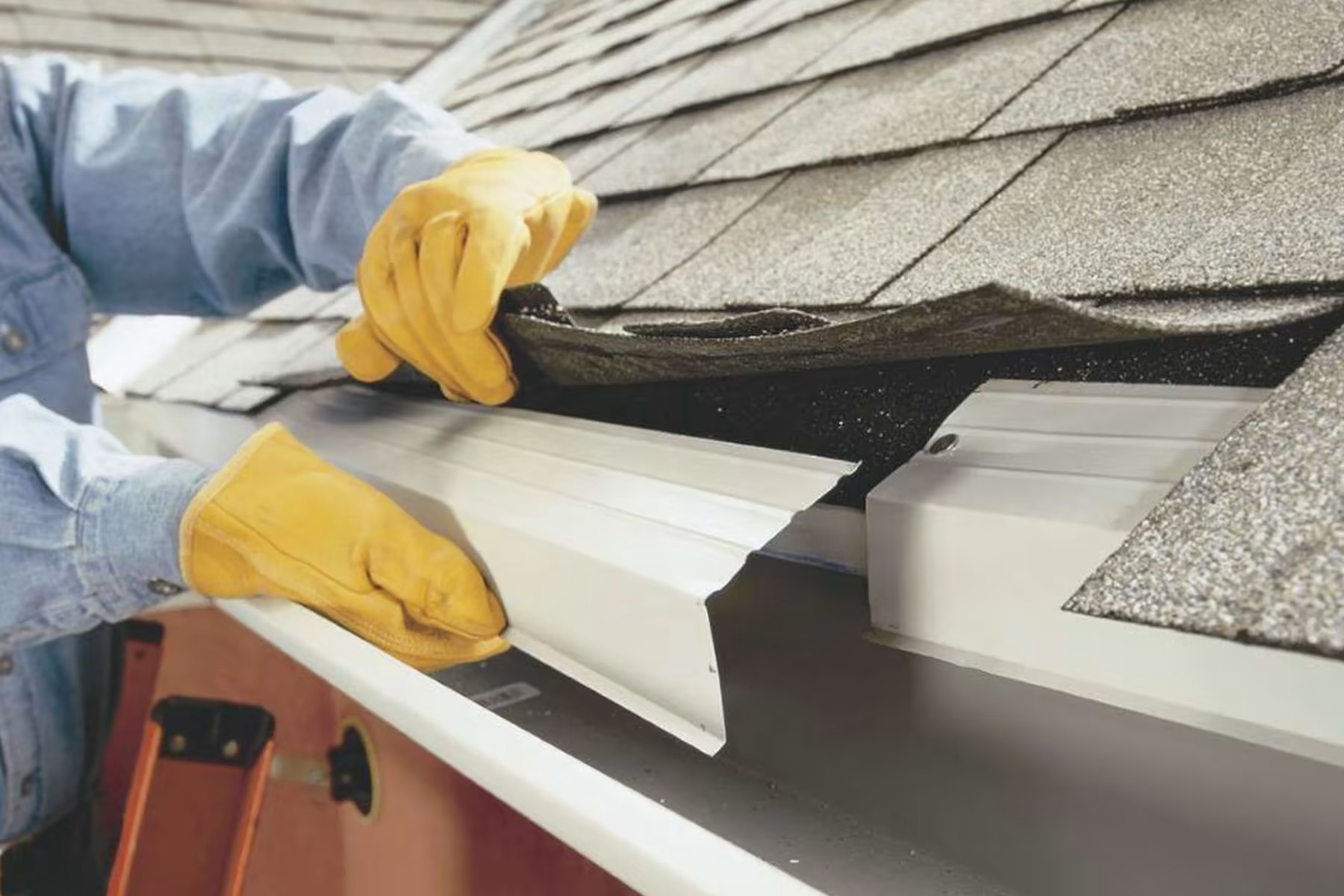
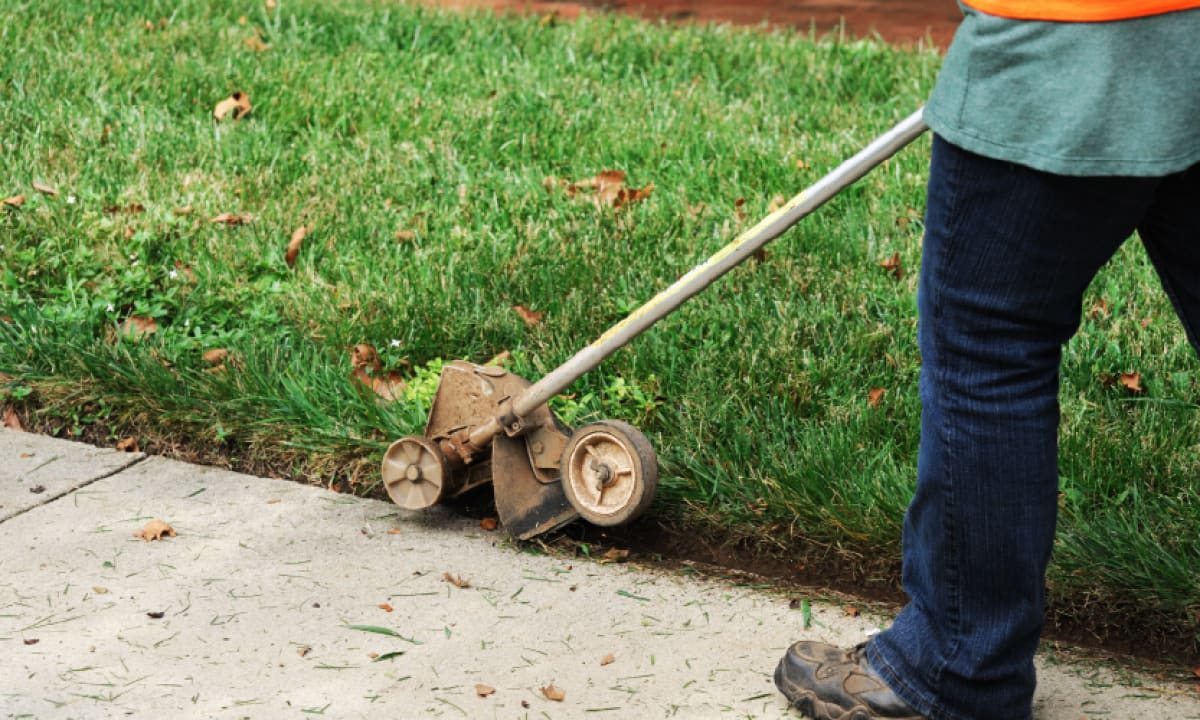
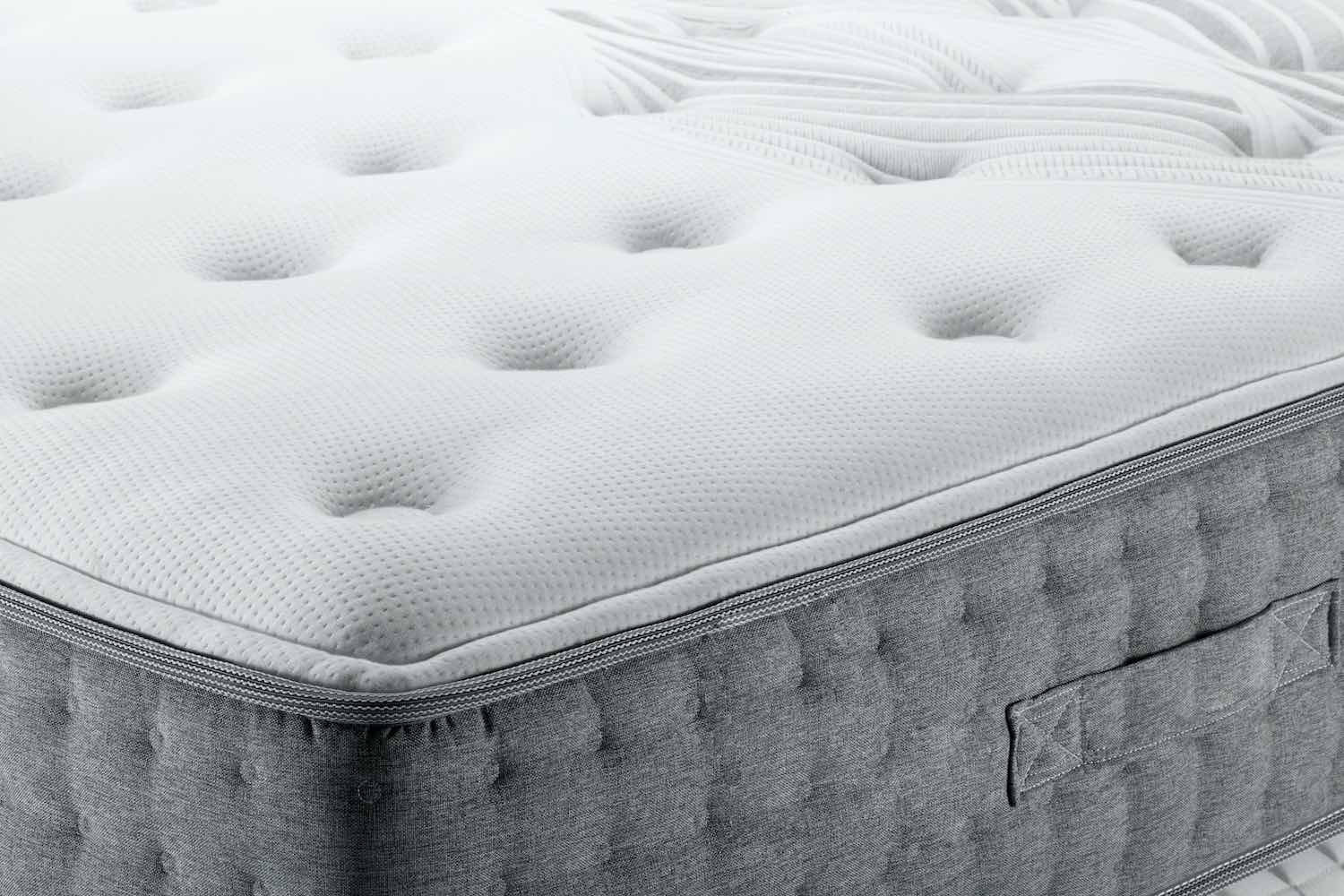

0 thoughts on “What To Put Around The Edge Of Patio”